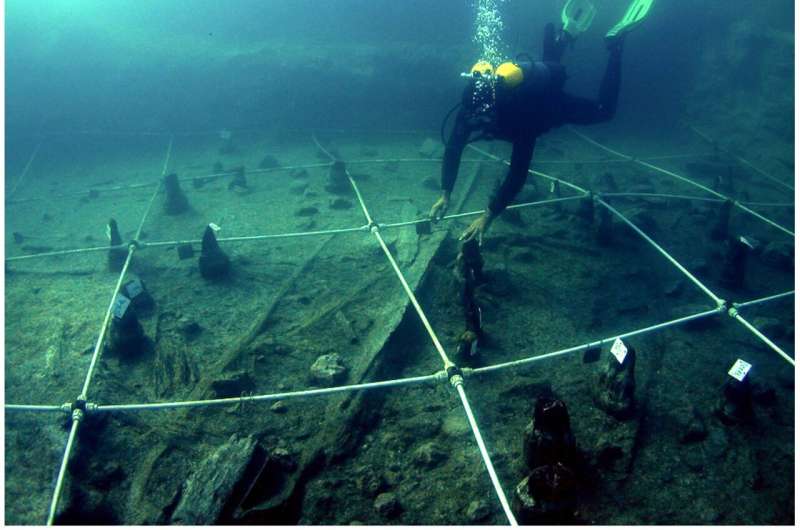
Neolithic Boats Unveil Advanced Nautical Technology
A recent study published in the open-access journal PLOS ONE sheds light on the remarkable nautical advancements of ancient civilizations that navigated the Mediterranean Sea over 7,000 years ago. The research conducted by Gibaja and colleagues at the Neolithic lakeshore village of La Marmotta, near Rome, Italy, uncovered fascinating insights into the seafaring capabilities of our ancestors.
The excavation at La Marmotta unearthed five canoes crafted from hollowed-out trees, dating back to 5700-5100 BC. These canoes, known as dugout canoes, were constructed using four different types of wood, showcasing sophisticated craftsmanship for that era. Notably, the boats featured advanced construction techniques like transverse reinforcements, highlighting the ingenuity of ancient boat builders.
One of the most intriguing discoveries was a canoe accompanied by three T-shaped wooden objects, believed to have been used for securing ropes tied to sails or other maritime components. This finding suggests that these vessels were not just for local travel but were capable of venturing into open waters, supported by the presence of stone tools associated with nearby islands.
The study authors describe these canoes as exceptional examples of prehistoric watercraft, requiring a deep understanding of structural design, wood properties, and skilled labor. The similarities between these ancient vessels and modern nautical technologies hint at significant advancements in sailing during the early Neolithic period.
The researchers propose that additional boats may be preserved near La Marmotta, offering a promising avenue for future exploration and expanding our knowledge of ancient seafaring cultures.
“These canoes are exceptional examples of prehistoric boats, showcasing advanced craftsmanship and seafaring capabilities.”
The study not only provides valuable insights into the technological prowess of early civilizations but also underscores the importance of maritime history in shaping human development.
 Neolithic boat excavation
Neolithic boat excavation
For more information, you can access the full study on PLoS ONE.
Source: Public Library of Science











